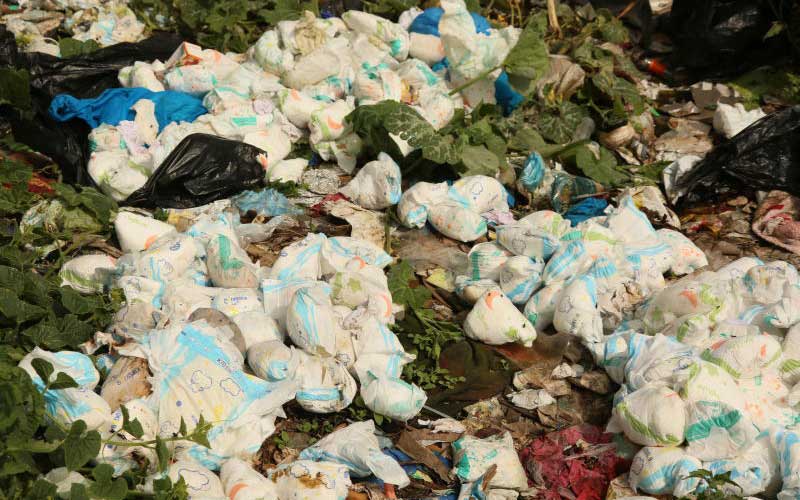×
The Standard e-Paper
Truth Without Fear

Mountains of soiled disposable diapers are rapidly building in towns across the country, posing a headache to health officials in management of solid waste.
Traditionally, disposable diapers were used for convenience when traveling but they have now replaced washable cloth diapers because of their perceived advantages.